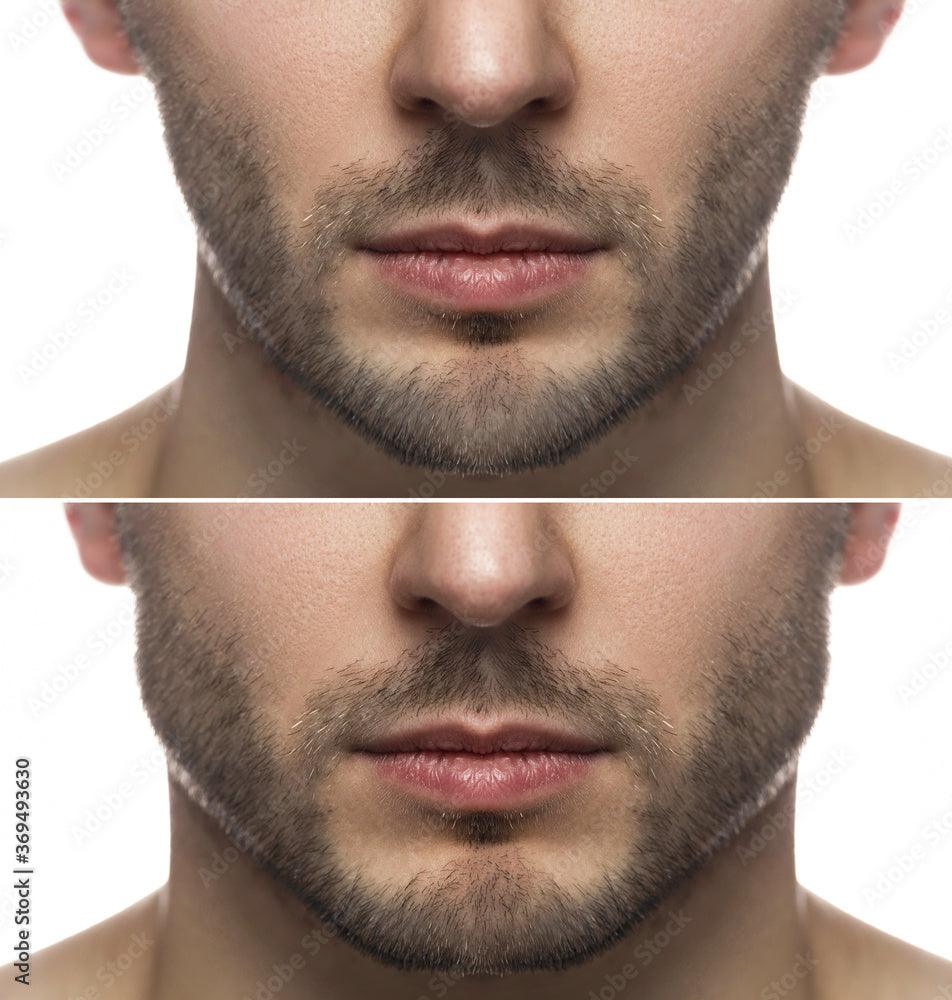What is Mewing? And does it work?


The path to physical wellness and aesthetic elegance often lies in holistic health practices considering the totality of human existence. One such rising technique under this umbrella is 'mewing,' a method gaining popularity, bridging beauty circles and healthcare fraternities while stirring up considerable debate for its claims on facial reconstruction.
Developed by British orthodontist Dr. John Mew, mewing involves maintaining certain tongue positions against the palate throughout your daily life when not talking or eating. This simple act aims to promote natural jawline development and healthy breathing habits.
As 'DIY' culture rises in popularity via the internet's diffusion, so does an interest in mewing due to its promise of improved appearance through non-invasive means.
However, despite anecdotal success stories from individuals practicing it consistently—the lack of substantial scientific proof affirming these results fuels ongoing controversy regarding this oral posture method within medical communities that champion empirical validation over hearsay before endorsement.
Mewing is a technique used to improve facial aesthetics and posture by changing the resting position of the tongue in the mouth. It involves placing the tongue on the roof of the mouth, with light pressure, throughout the day. Proponents of mewing claim that it can help reshape and strengthen facial muscles and correct issues such as overbite or underdeveloped jawline.
Mewing's inception traces back to Dr. John Mew, a British orthodontist, but his son, Dr. Mike Mew, amplified the concept and brought it under public scrutiny through various online platforms.
Central to mewing is proper tongue posture, which requires positioning the entire tongue against your mouth's roof while resting or not speaking -- starting from the tip and going to its base.
Integral within the mewing practice is advocating nasal breathing over oral inhalation as the former promotes toning facial muscles & maintaining correct bite alignment, thereby contributing towards desirable aesthetic appeal overall.
Mewing also emphasizes adopting the 'correct swallowing technique,' entailing quelling any involvement of lips/ facial muscles during the process instead of pushing food down using only the tongue's strength for ingestion – reinforcing proper muscle function and further improving aesthetic structure naturally long-term!
Devotees claim consistent adherence could lead to a sharpened jawline and prominent cheekbones alongside improved respiratory health in adulthood with persistent habituation over time—suggestive that our habitual behaviors shape us physically, manifesting into visible anatomical improvements eventually! But remember, while anecdotal evidence abounds, lending weightage– scientific validation remains wanting, providing a broad outlook before authoritative endorsement.
Mewing has received unequivocal support from many of its practitioners, who report visible improvements in facial definition and breathing capacity after consistent practice. For instance, YouTube influencer "Astro Sky" provides a compelling account of his three-year mewing journey, resulting in noticeable changes to his facial shape.
Mewing draws its basis from orthotropics, a niche of dentistry focusing on guiding facial growth directionally, which inherently supports the argument for potential positive outcomes through consistent practice.
Despite mewing's growing popularity, several criticisms remain, casting shadows of doubt. The American Association of Orthodontists(AAO) warns against mewing. One significant criticism is the lack of substantial scientific studies supporting its benefits. While there are countless personal accounts bolstering confidence in Mew's technique, objective evidence from extensive research remains sparse; hence, skepticism lives on within certain quarters.
Adding to this uncertainty are inherent difficulties linked with objectively measuring changes attributed to persistent mewing practice decisively. Given variations inherent within each individual's unique anatomical makeup and hormonal influences over facial shape—it becomes a formidable task drawing standard conclusions based purely upon subjective cosmetic improvements observable through visuals alone—thus making it difficult for arguments favoring efficacy to stand impervious against scrutiny.
Last but not least, practitioners may suffer jaw strain or even detrimental consequences should techniques be improperly applied during their 'mew-journey,' emphasizing the critical importance of ensuring correct execution that professionals strongly urge. Similarly, consultation with healthcare experts ranks as paramount before undertaking any new health-related practices, cautioning individuals to maintain the right balance between curiosity versus safety needs while exploring novel methodologies promising enticing outcomes.
While the concept of mewing holds intrigue and boasts numerous personal testimonials, substantial scientific backing is missing. The absence of comprehensive research studies testing its long-term impacts, coupled with concerns about potential risks upon improper execution, makes us recommend exercising caution when considering this technique. Therefore, we advise against adopting mewing without a thorough understanding of professional supervision for safeguarding health priorities over unverified aesthetic pursuits.
Mewing's effectiveness largely remains subjective at present and is much-debated. While some individuals report positive changes owing to consistent practice, comprehensive scientific evidence corroborating these claims isn't available currently. So, the efficacy of mewing is yet unproven in a universally applicable sense!
How long does it take for mewing to work?
The timeframe for visible changes from mewing can greatly vary—ranging anywhere between a few months to years and is influenced by factors such as age, consistency in practice, individual anatomical differences, and the accuracy of technique. However, without empirical evidence backing these claims objectively—the exact timeline remains ambiguous at best!
To practice mewing correctly, follow these steps:
Potential side effects of mewing primarily stem from incorrect technique application. This might lead to problems such as jaw pain, headaches, and even malocclusion (misalignment between upper and lower teeth when the mouth is closed). Thus reinforcing the importance of learning the correct method under professional supervision before starting with it consistently.










Plus get the inside scoop on our latest content and updates in our monthly newsletter.